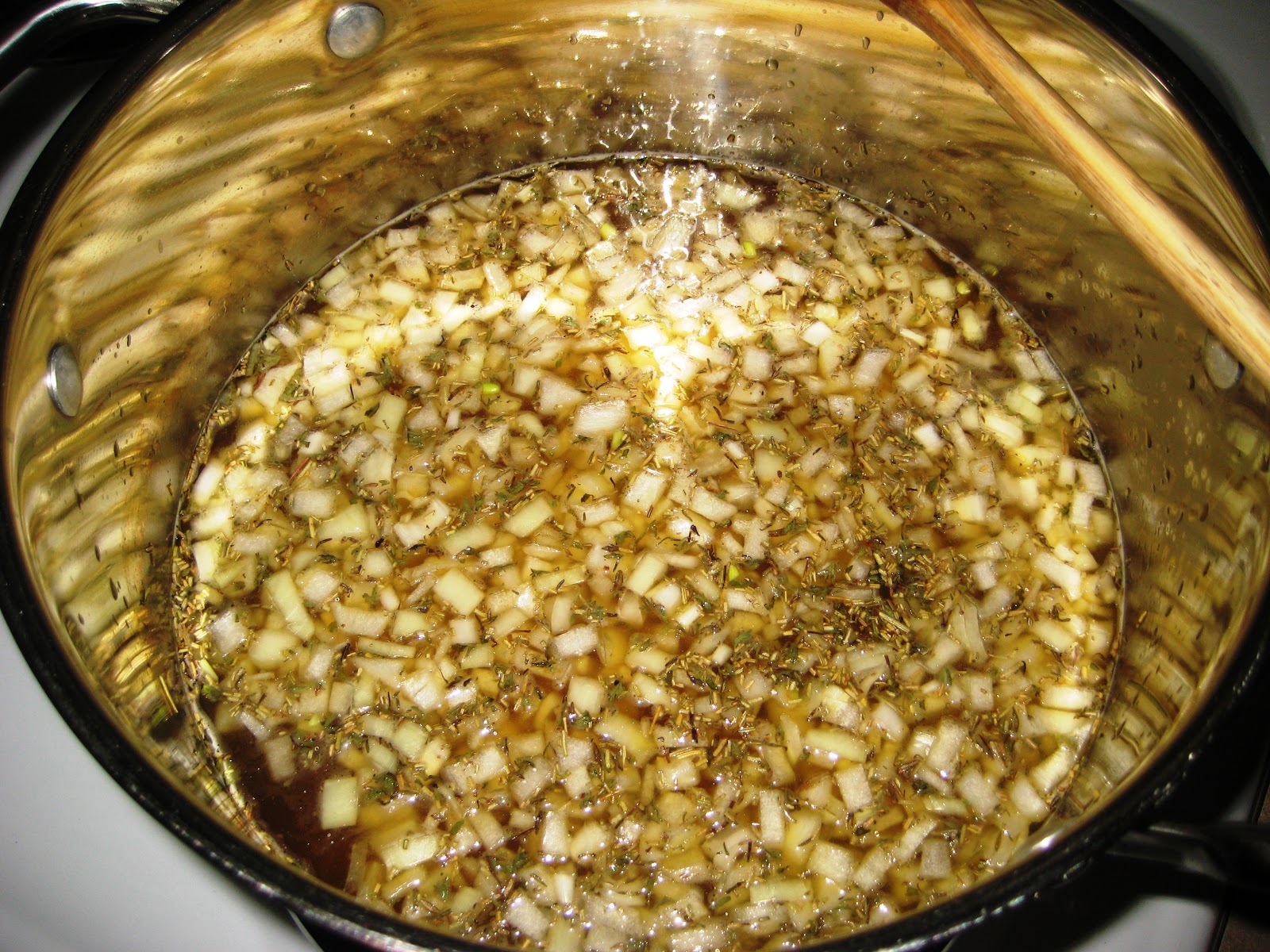I like acorn squash because it comes ready to eat in its own little "bowl". It makes for an interesting presentation on your dinner table. You can make one squash half per person (which is what I do because I looooooooove me some acorn squash) or you can cut the roasted halves in half when serving so that one whole squash will serve four people. The choice is yours.
Ingredients
- 1 acorn squash
- grapeseed oil or melted coconut oil
- 1 Tbsp clarified butter, divided (or you could substitute additional coconut/grapeseed oil if you don't do dairy)
- 2 tsp
agave nectarhoney, divided - palm sugar
- salt and fresh ground pepper to taste
- Preheat oven to 400F.
- Slice the acorn squash in half, lengthwise, from stem to end. Use a sturdy spoon to scoop out the seeds and innards. Take a sharp knife and score the inside several times.
- Brush the exposed squash meat with grapeseed or coconut oil to prevent burning. Fill each inner cavity with 1/2 Tbsp butter, 1 tsp
agavehoney, and 2 generous pinches of palm sugar. Sprinkle some salt and pepper, to taste. (You could even spice it up a bit more by sprinkling some cinnamon, ground cloves, or nutmeg as well.) - Place squash cut-side-up in a baking dish filled with 1/2" water. Roast in the oven for about 1 hour - 1 hour 20 min. The squash should be very soft, the top browned. Halfway through baking, spoon the sweet buttery sauce over the squash meat to distribute the flavors.
- Serve one half for each person, or cut the halves in half, taking care to split the buttery sauce between each half.
FIN!
 |
| I like to use my large serrated knife to cut squash. |
 |
| Scoop out the innards, just like you would for a pumpkin. |
 |
| Don't forget to score your halves with a knife before filling! (I always forget and wind up having to cut through butter and sticky honey right before baking.) |
 |
| And yup, forgot to score the squash. Gotta do it now. Don't judge me. |
 |
| Very important to fill your baking dish with water so the squash stays moist and doesn't burn. |



































.jpg)













